



Pesticide pollution in India is a growing environmental and public health concern. Overuse of chemical pesticides, especially in cotton and high-value crops, contaminates air, water, and soil, affecting both farmers and nearby communities. Regulatory gaps, limited monitoring, and lack of awareness exacerbate the problem. Integrated pest management, bio-pesticides, safer spraying practices, and stronger enforcement of laws offer viable solutions. Case studies from Telangana, Maharashtra, and Punjab show that reducing chemical dependency is possible without affecting crop yields, promoting healthier, sustainable, and inclusive agriculture.
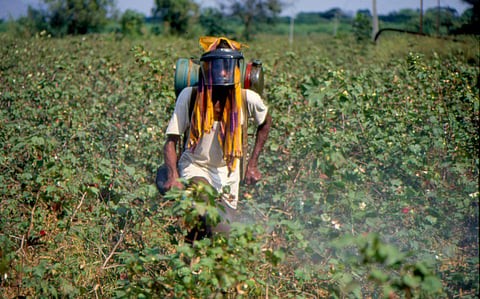
Copyright infringement not intended
Picture Courtesy: Down to Earth
Cotton farming in India uses large amounts of pesticides, which drift beyond fields due to wind and rain, contaminating air, water, homes, schools, and ponds, which leads to eye irritation, breathing problems, coughs, and nausea, particularly among infants and children.
Pesticides are substances or mixtures of substances designed to prevent, destroy, repel or control pests — where “pests” include insects, weeds, fungi, rodents and other organisms that interfere with agriculture, public health, ecosystems or stored products.
|
Must Read: CHLORPYRIFOS | Leaching of harmful chemicals into aquifers | CHLOROPICRIN | HERBICIDE GLYPHOSATE | Clethodim | |
Authorities Involved:
Pesticide Management Bill (2020)The Pesticide Management Bill, 2020 was introduced in the upper house of Parliament. It seeks to replace the older Insecticides Act, 1968, updating the regulatory framework for manufacture, import, sale, transport, use and disposal of pesticides. Key Provisions ·Central registration of pesticides: Any person wishing to import or manufacture a pesticide must apply to a central registration committee. ·Review, suspension or cancellation of registrations: Registered pesticides to be periodically reviewed for safety, efficacy, and availability of safer alternatives. ·Promotion of biological / traditional‑knowledge-based pesticides. ·Digital public access to information on pesticides (strengths, weaknesses, risks, alternatives) in all languages. ·Compensation to farmers for crop losses caused by use of spurious or low-quality pesticides, via a central fund. ·Stringent penalties for unregistered, banned, or fake pesticides: fines, imprisonment, forfeiture of stocks. |
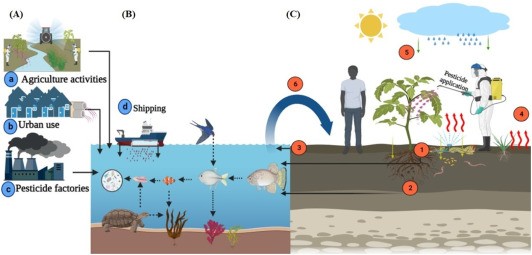
Picture Courtesy: Science Direct
Regulatory and Policy Challenges:
Weak enforcement of existing laws: Despite the Insecticides Act (1968) and partial regulations under the Pesticide Management Bill (2020), hazardous pesticides continue to be sold and used. Example: Highly toxic organophosphates and pyrethroids banned in many countries are still available in rural markets.
Agricultural and Socio-Economic Challenges:
Many smallholders lack knowledge about safe spraying practices, proper dosages, or use of protective equipment. In Telangana’s Warangal district, most cotton farmers spray pesticides by hand or tractor in open fields without protective gear.
Environmental and Technological Challenges
Case Study: Field studies in Punjab’s Bathinda and Mansa detected pesticide residues in rooftop dust and wells, illustrating how airborne chemicals affect communities far from sprayed fields.
Health and Social Challenges
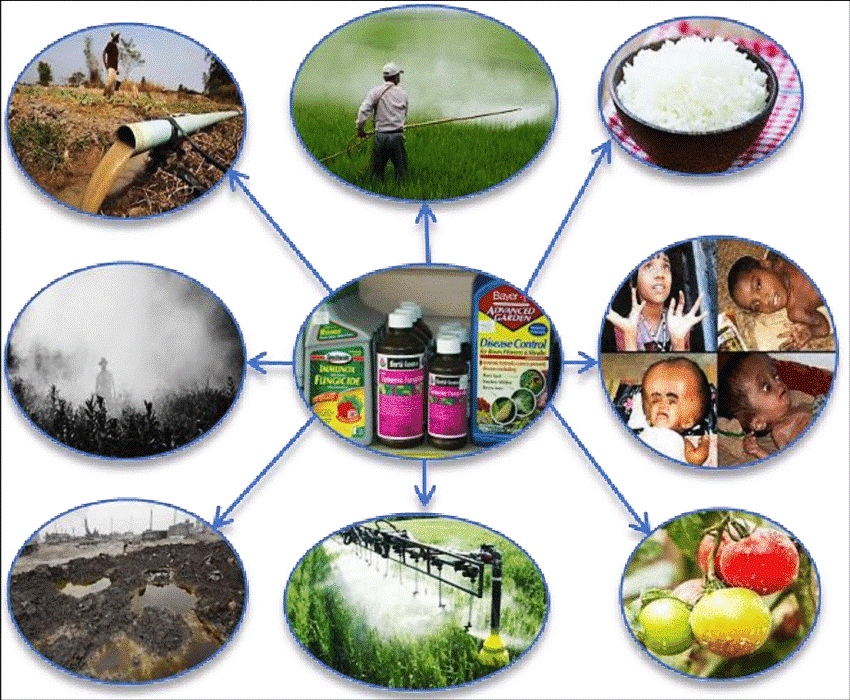
Picture Courtesy: Research Gate
Global Case Study: Countries like Denmark and the Netherlands have effectively phased out highly hazardous pesticides while maintaining crop yields.
Indian Case Study: In Punjab, stricter enforcement of pesticide bans and licensing for pesticide shops in Bathinda district reduced illegal sales and improper use.
Case Study: Madhya Pradesh’s model cotton farms use bio-pesticides and pheromone traps, reducing chemical pesticide use by over 50% without affecting yields.
Case Study: Yavatmal and Akola districts in Maharashtra introduced air and water monitoring stations during cotton spraying seasons to record pesticide levels, helping local authorities take timely action.
Case Study: In Andhra Pradesh’s Guntur district, awareness campaigns among cotton farmers led to reduced incidents of pesticide drift affecting nearby schools and households.
Case Study: Vidarbha region programs offering financial support for IPM adoption reduced chemical usage by nearly 40% over five years, benefiting both health and income.
Conclusion:
Pesticide pollution in India threatens human health, the environment, and rural livelihoods. Overuse of chemicals has caused contamination of air, water, and soil, while regulatory gaps and limited awareness worsen the problem. Integrated solutions—stronger enforcement, safer alternatives, monitoring, and farmer education—can reduce chemical dependence, protect communities, and promote sustainable agriculture. Addressing pesticide pollution is essential for inclusive, healthy, and environmentally responsible rural development.
Source: Down to Earth
|
Practice Question Q. “Pesticide pollution in India has emerged as a multi-dimensional challenge affecting human health, the environment, and agricultural sustainability. Critically examine the causes, impacts, and challenges of pesticide pollution in India. Suggest an integrated way forward with suitable examples and case studies." |
Pesticides are chemicals used to prevent, control, or eliminate pests that damage crops, including insects, weeds, fungi, and rodents. They include insecticides, herbicides, fungicides, rodenticides, and bio-pesticides.
Overuse and improper application of pesticides lead to contamination of air, soil, water, and food. It causes health issues like respiratory problems, neurological disorders, and skin diseases, while also harming biodiversity and ecosystems.
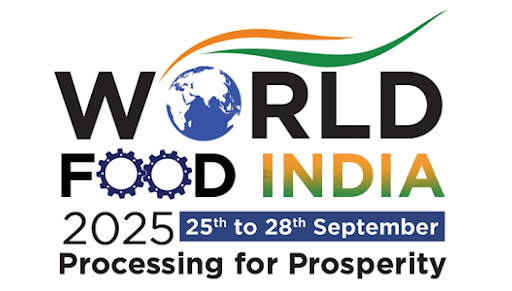
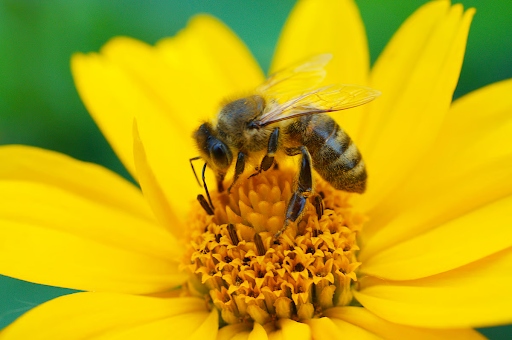



© 2025 iasgyan. All right reserved